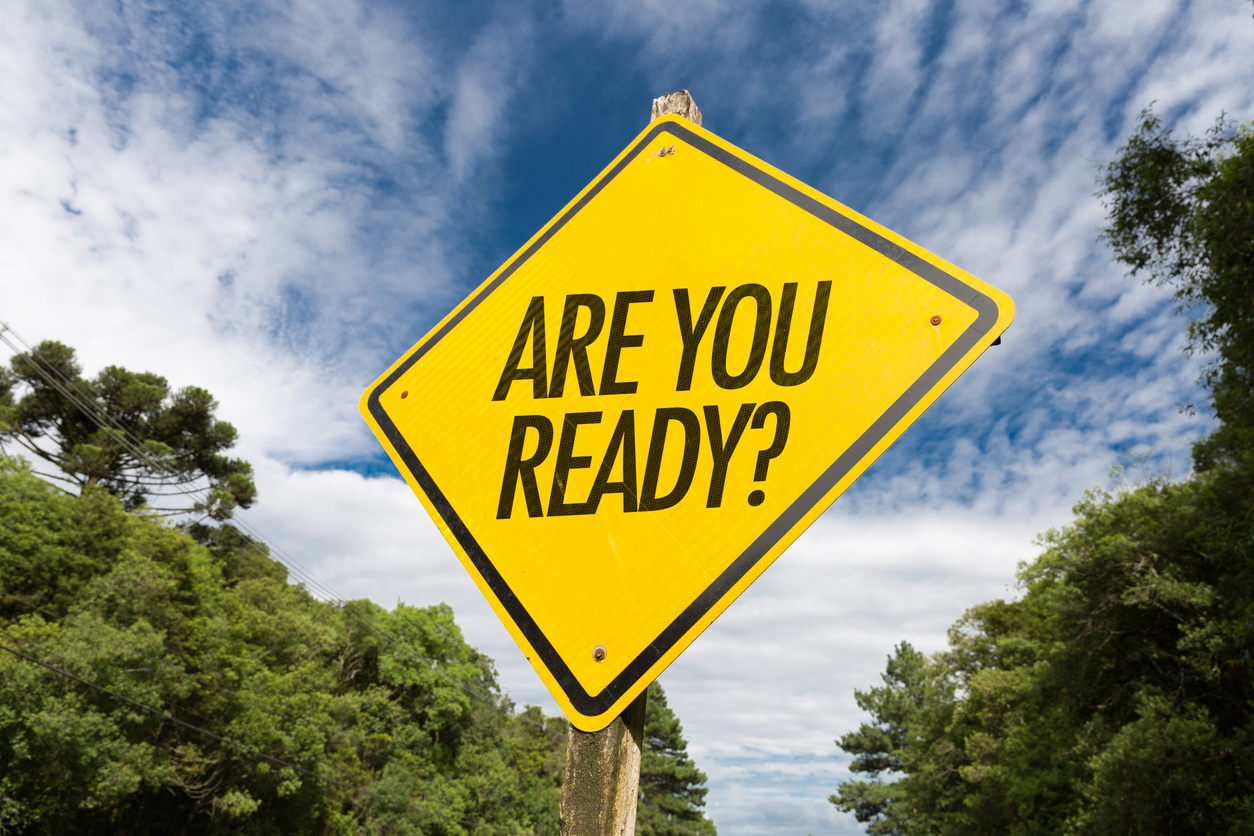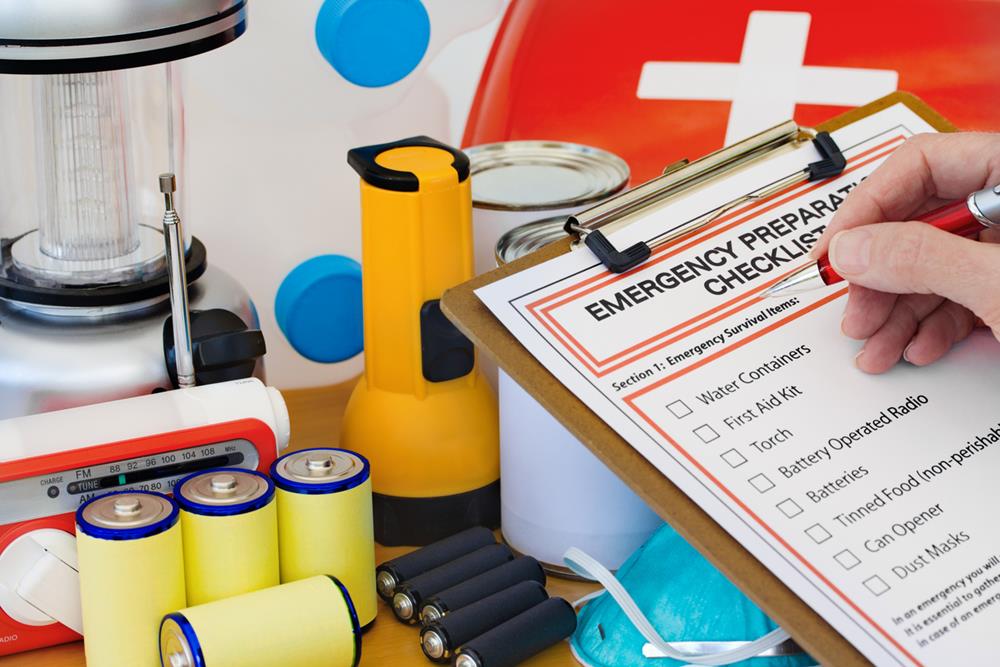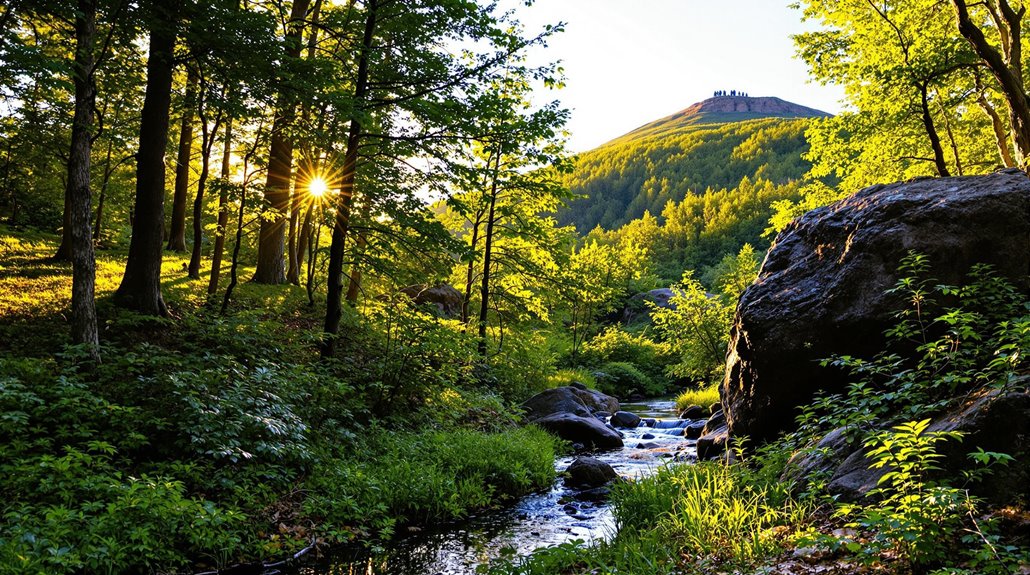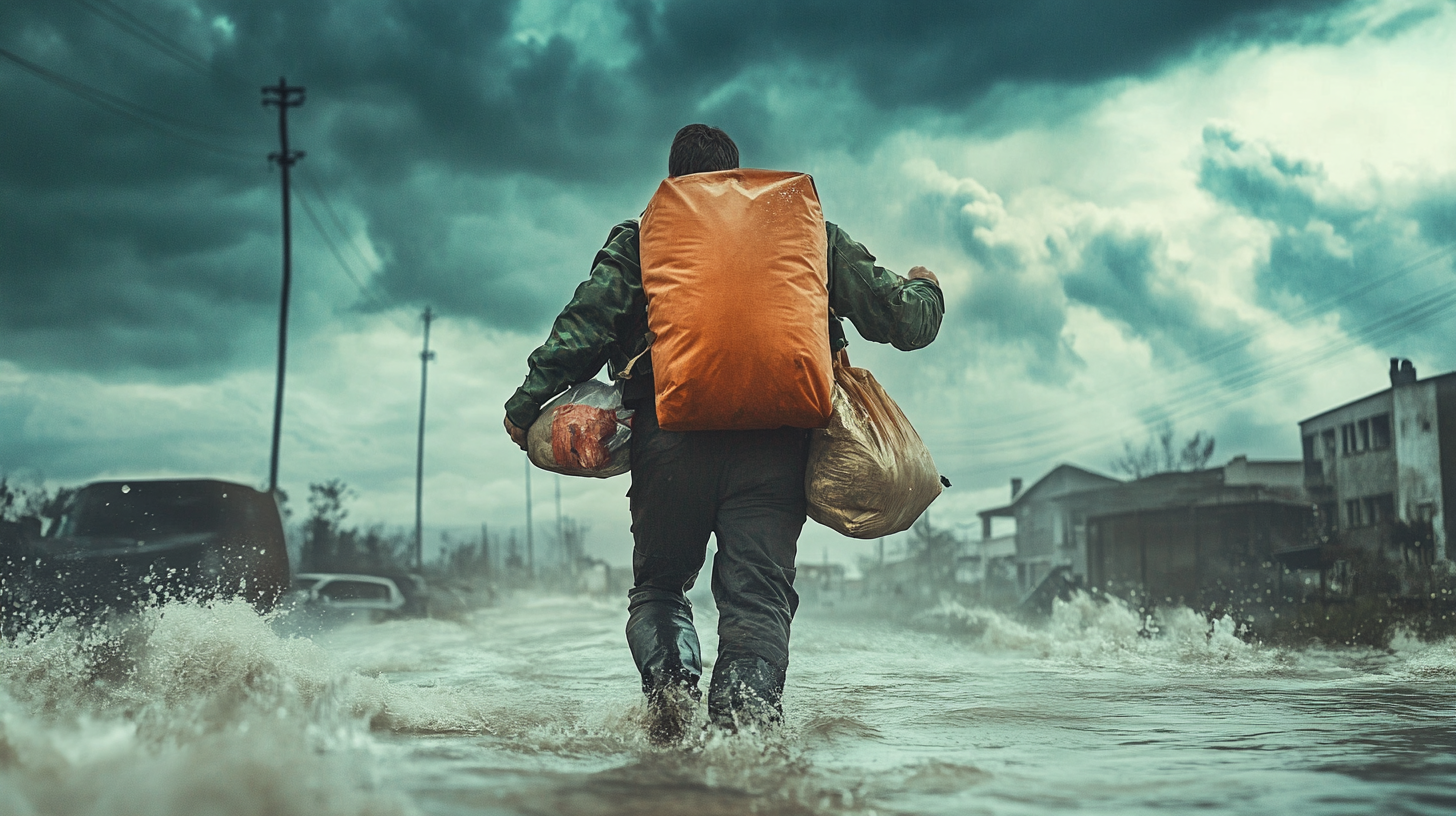Ideal Distance to Bugout Location: Balancing Safety and Accessibility

A good bug out location should be far enough away to escape local emergencies, but close enough to reach safely. The ideal distance is typically between 40 to 100 miles from home. This range allows for an easy drive by car or a challenging but doable hike on foot if needed.
Locations under 5 miles away are too close to be effective. They could easily be impacted by the same local disaster, such as a chemical spill or civil unrest. On the other hand, spots that require air travel or multiple days of driving are likely too far. If transportation systems are still running smoothly enough for such travel, it's probably not time to bug out yet.
Other factors to consider when choosing a distance:
- Landscape: Flat areas may need more distance to escape widespread disasters like hurricanes
- Geography: Hilly terrain could provide safety from flooding with just a short distance
- Likely hazards: Different regions face different threats that impact safe distances
- Political boundaries: Crossing borders may be necessary in extreme scenarios
A bug out location's effectiveness depends on more than just distance. Key factors include:
- Accessibility
- Available resources
- Defensibility
- Concealment
Ultimately, the right distance balances safety from immediate threats with the ability to reach the location quickly and reliably. Each person must weigh their unique situation and risks when deciding how far away to place their bug out site.
Common Questions About Bug Out Location Distance
How far away should I put my emergency retreat?
A good emergency retreat should be far enough from your home to avoid local dangers, but close enough to reach safely. Most experts suggest 50-100 miles as a good range. This distance lets you escape urban areas while staying within a day's travel.
What decides the right distance for a backup spot?
Several things affect how far your backup spot should be: • How you'll travel there (car, foot, etc.) • Local risks and threats • Your supplies and gear • Road conditions and routes • Your physical fitness
Pick a spot you can reach safely with your planned method of travel and supplies.
What makes a good location for emergencies?
A good emergency spot should have: • Clean water source • Food options (gardens, hunting, fishing) • Natural shelter or building materials • Low population • Hidden from main roads • Multiple access routes • Safe from likely disasters
Look for places that meet your basic needs and stay hidden.
What's the shortest safe distance in an emergency?
The shortest safe distance depends on the emergency. For local issues, 20-30 miles may be enough. For bigger problems, 100+ miles is better. Always go far enough to escape the immediate danger zone.
Does having more than one safe spot change how far I should go?
Yes. With multiple spots, you can have closer and farther options. This gives you choices based on the situation. You might have a nearby spot for quick trips and a farther one for bigger problems.
Why does geography matter for picking a backup spot?
Geography is key for safety and survival. Look for: • Different terrain than your home • Natural barriers like mountains or rivers • Good soil for growing food • Safe from common disasters in your area • Access to resources like water and wood
Varied geography gives you more options and safety.




